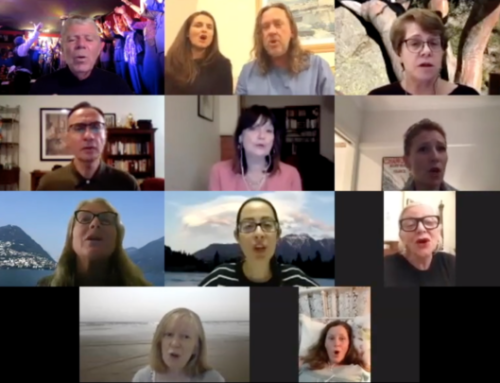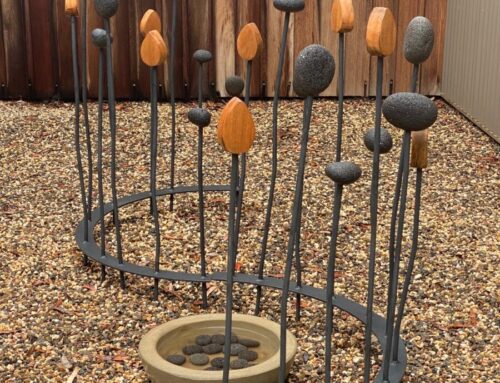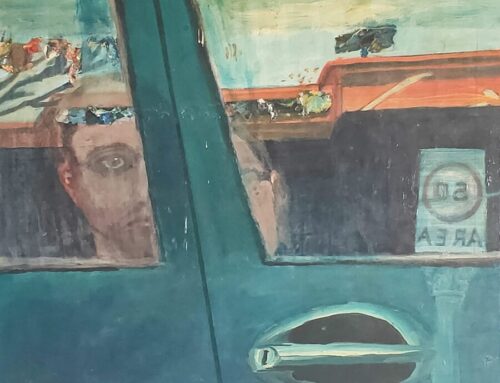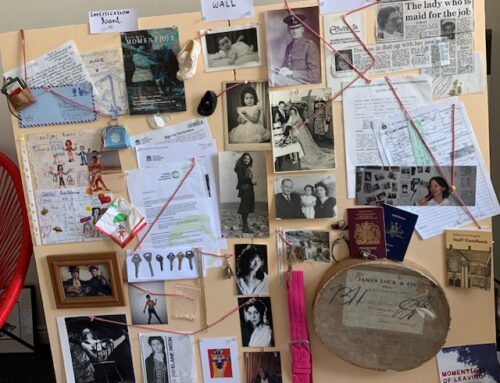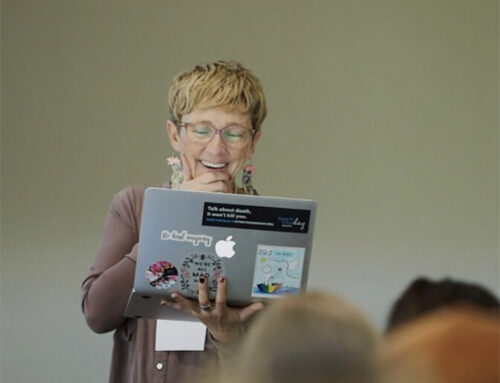Emily Jenkins designs, implements and artistically leads original dance projects. Based in the UK, she has worked within participatory dance for over ten years, for organisations such as Trinity Laban Conservatoire of Music and Dance, English National Ballet and Siobhan Davies Dance. In that time she has facilitated countless dance experiences and created opportunities for dance engagement, and established herself as a social and creative entrepreneur.
With a special interest in the health benefits of dance Emily founded Move Dance Feel – a Community Interest Company offering dance to women living with and beyond cancer. The project has gained national and international recognition, and Emily works closely with leading cancer support centres in order to incorporate dance into their care programmes.
I work in dance to bring people joy.
Movement brings people joy. Moving creatively and rhythmically with others takes that joy into entirely new dimensions.
I have known this since the age of four, when in my first dance lesson an indescribable sense of liberation came over me. I was free, discovering new ways to express myself in an environment that actively encouraged it. I was awakened to the aliveness of the body, attuned to my heart thumping loudly in my chest and flowing with the energy vibrating through my veins. Since then I have made it my life’s work to bring this experience to others.
Dancing helps us to live in the present moment, overcome life’s challenges, and connect with one another by deeply experiencing our common humanity. This is why I do what I do. I bring more dance to more people, venturing into unexplored places where dance can build creative and caring communities.
Do you think this work is a response to stress, distress or even trauma, and the times we are living in?
Move Dance Feel helps women affected by cancer to reconnect with themselves, through a shared creative dance experience. It was founded in 2016 to address a significant need for more, and alternative, post- treatment support.
Being diagnosed with cancer, and undergoing gruelling treatment, can be incredibly distressing. Stress and trauma are two of many debilitating side effects that can last for years, and often decades, after treatment. Other side effects include increased levels of anxiety, pain, body image disturbance, restricted movement, loneliness and reduced energy levels, which can lead to cancer recurrence and poor quality of life.
What’s more, many members of our community have communicated that the Covid-19 pandemic has compounded their feelings of isolation, fear and anxiety as their life-saving operations, check-ups/tests and treatment plans are suspended.
Move Dance Feel is designed to offer holistic support, which benefits participants in a variety of ways physically, mentally, emotionally and socially. Above all dance is a creative means of communication – its expressive nature helps participants to form close relationships and process thoughts and feelings that are often difficult to articulate. The life altering, or rather, repairing experience that Move Dance Feel offers is its greatest attribute.
Do you think your work relates to any process of recovery or resilience?
Yes. Recovery is a key theme that is present in all Move Dance Feel activity, and this is communicated by participants in the 5 minute documentary film and the 1 minute ‘Release’ film.
To measure the benefits of Move Dance Feel we have conducted three service evaluations to date, capturing extraordinary results. They reveal improvements in participants’ wellbeing and body confidence, an alleviating effect on their feelings of stress and anxiety, and a clinically meaningful improvement in fatigue. A related outcome is that Move Dance Feel acts as a ‘gateway’ to other forms of activity – attending the sessions gives participants the energy and inspiration needed to get moving in other ways as well.
Findings specifically from Move Dance Feel Online (created in response to Covid-19 restrictions) show that despite the loneliness of lockdown, as many members of our community were forced to shield, dancing together virtually helped participants to feel connected to others (81%) and also helped to improve their mood (96%). Our digital provision has been described as a ‘social lifeline’, and seems to offer women ‘a sense of freedom at a time that has felt so restricting’.
Such significant outcomes have not gone unnoticed, as we have recently been interviewed on UK Health Radio and had our findings published in the Royal Society for Public Health’s Perspectives in Public Health journal, see: ‘You move as you feel and you feel as you move’: the practice and outcomes of a creative dance project for women living with or beyond cancer.
Does your work relate to broader cultural and/or societal themes? In what way?
Yes, for example Arts in Health initiatives are currently impacting change in both national and international public health policies. There is also growing, societal recognition that physical activity, like dance, is essential for maintaining our sense of mental wellbeing and social connection – realised more so as a result of Covid-19 confinement.
In addition, we are a company led by women, for women – with any type of cancer, at any stage in their cancer experience (pre, during or post treatment). We identify with the women’s rights movement, seeking gender equality – equal pay, equal caregiving, equal opportunities, and equality in health, politics and education.

Emily Jenkins
To find out more visit: www.movedancefeel.com
@movedancefeel (facebook, instagram, twitter)
Photographer Camilla Greenwell: www.camillagreenwell.com
Filmmaker Alice Underwood: www.aliceunderwoodfilms.com

